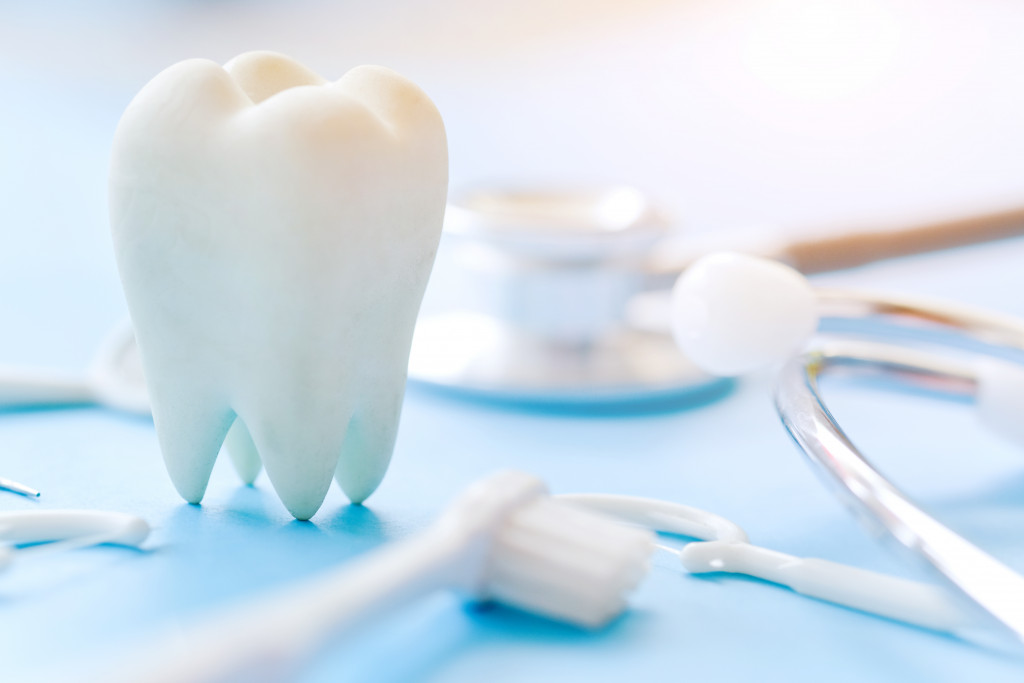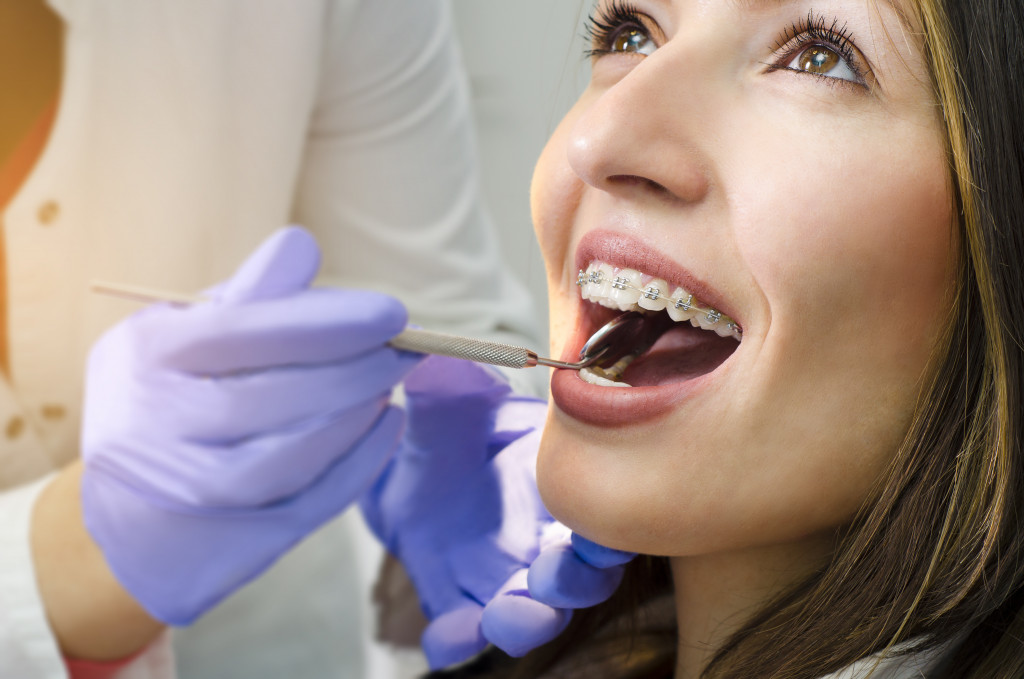Despite the apprehensions of others over the things that technology can do, didn’t it make our lives a lot easier? Way easier than we could’ve ever imagined. Isn’t it easy to buy things, communicate with loved ones, sell stuff, and build an empire now with technology? Isn’t work a whole lot easier because of the many apps and tools available for download (some are even for free)? Although technology isn’t perfect, we’re drawn to it and its many applications. In fact, we cannot imagine going through our daily lives without using an iota of technology. Can you imagine not reaching for your phone in the morning to check deadlines and personal messages?
Even in the medical field, technology has changed the game. Sure, there are disruptions, but these are more exemptions than rules. Whatever disruptions medical technology had, the goal has always been the same: to provide critical, exceptional, and near-to-perfect service. In the field of dental and oral care, technology touches everything—from creating appointments to delivering services.
Consumer Apps
If you don’t have it yet, consider installing an app that will remind you to brush your teeth and see your dentist. This app will add years to your life. Not to mention, they will help avoid costly dental services in the future, as well as improve your overall health. These apps are designed with dental and oral care in mind. Thus, instead of patients relying on their memories, they now have apps and tools to keep them in check.
Automated Tasks
Dental assistants can use artificial intelligence to automate tasks, as well as to answer inquiries from patients. They can also use chatbots to create appointments and remind patients about their upcoming appointments. Dental assistants have an easier time dealing with their tasks because of the many applications of technology—from chatbots to scheduling tools.
3D Printing
Can you imagine the future role of 3D printing in dental care once it is more widely applied? 3D printing is a process that allows the creation of physical objects through three-dimensional printing. The object is “printed” by laying down layers of material on top of each other. If 3D printers can create tiny homes, then they can also create aligners and molds used in dental services. These days, 3D printing is used to create polymer-based dental products.
This allows for a more precise and accurate model and impression of the patients’ teeth, gums, and mouth. Depending on the volume of products to be printed, the process can take somewhere between four and eight hours. Imagine how easy it would be to create molds and dental objects once this process is widely available.
Lasers
Every dental patient hates the drill, but it’s a must to open a hole, fill a cavity, and shape a tooth. Fortunately, technology developed dental lasers that replaced drills in many dental situations and emergencies. Aside from reducing the level of pain that patients feel because of the procedure, lasers can also stop bleeding and cauterize open cuts during a dental emergency.
Natural Materials

Dentists used silver-colored or even black-colored fillings for cavities for the longest time. While this was not a problem before, patients slowly become more concerned about the way they look. Now, instead of using synthetic materials to fill cavities, dentists started to develop more natural-looking materials free of mercury and other possibly toxic materials. Such natural materials are not only aesthetically pleasing, but they’re also more durable and can last for a long time.
Electronic Records
Finally, electronic medical records have changed the game. Dentists can now exchange notes and records of patients to deliver critical care, especially in emergencies. Patients can move to another country or state without worrying about the availability of their records. These can be all accessed via a portal or system. As long as the patients gave the go-signal to the dentists, anyone with the code or authority can access their patients’ records. This allows for more collaboration between doctors and dentists.
Having electronic records means that you won’t have to spend half of your time explaining what happened to your teeth to the dentists. They will easily decipher the situation based on your records. As such, it saves time and effort on both sides.
There are many things that technology brought to the field of dentistry. A lot of the conveniences that dentists and patients enjoy now are because of technology. There will undoubtedly be more to come in the future to make procedures more convenient, safer, and accurate.




